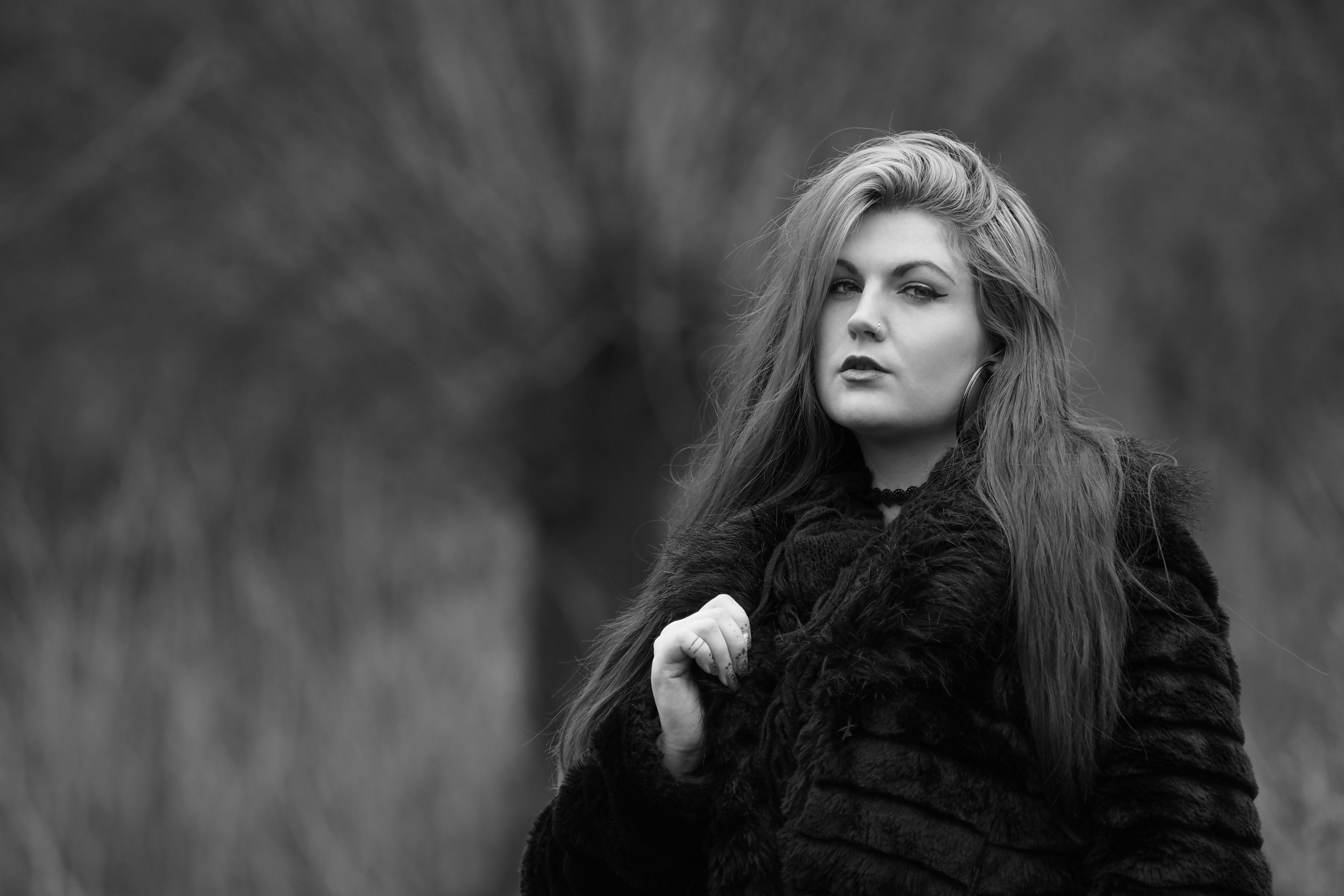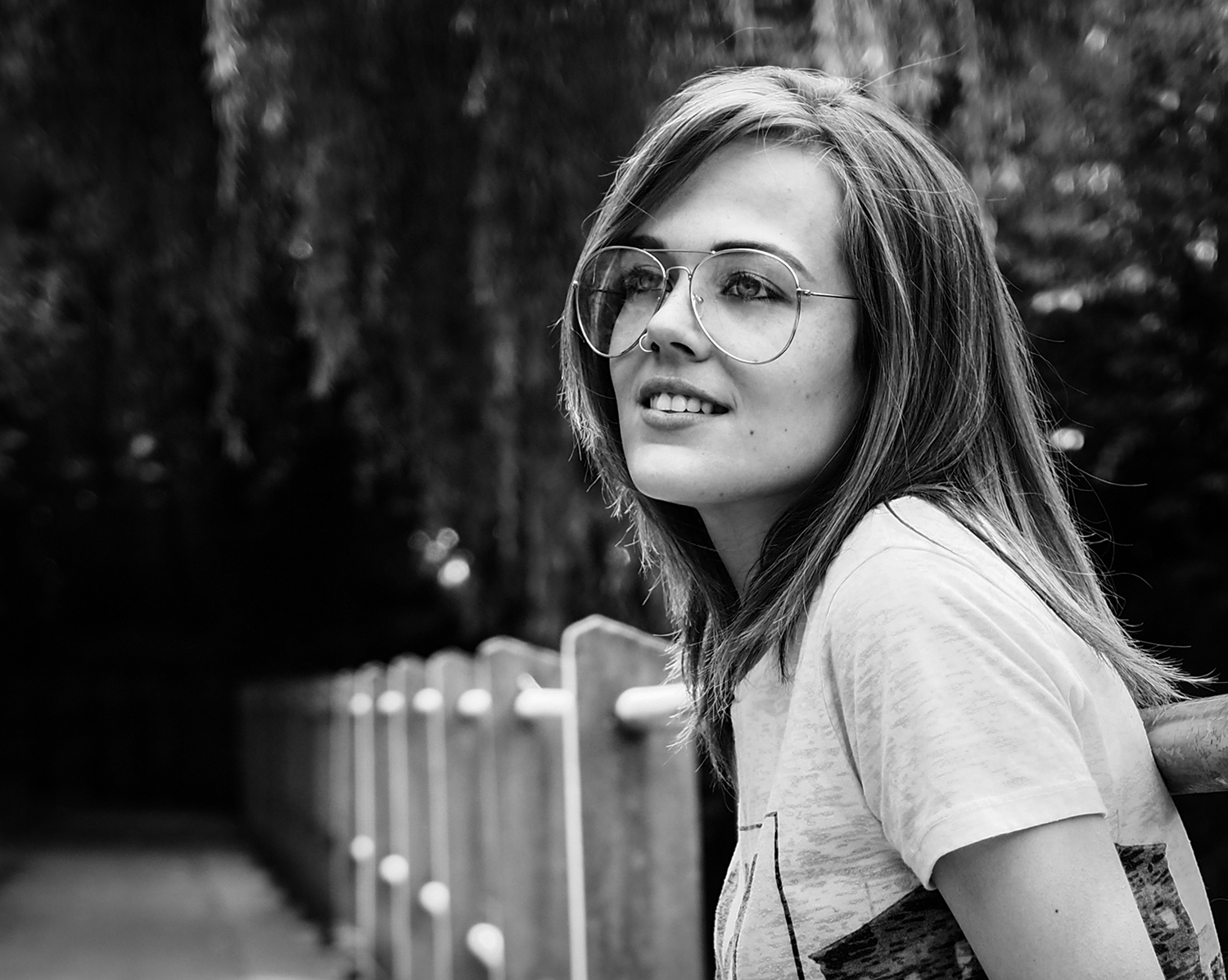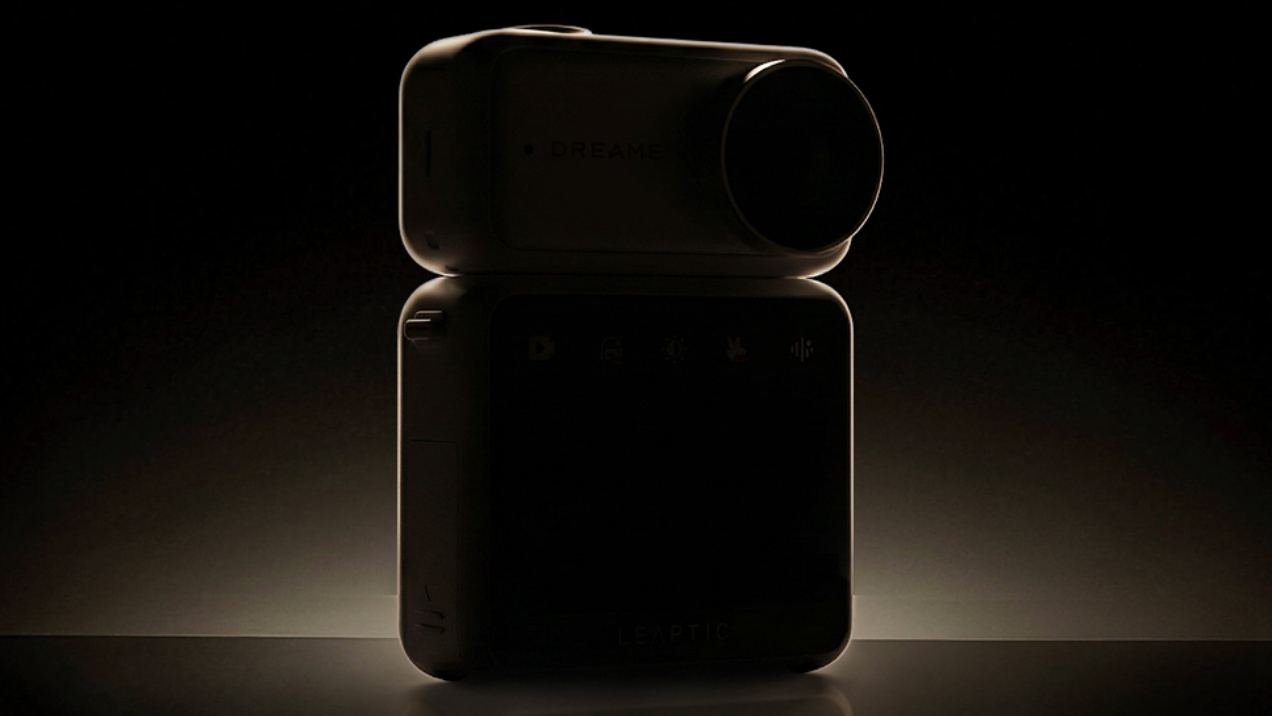What is bokeh?
It's one of the most commonly used (and misused) terms in photography. So what is bokeh – and how do you say it?
Watch video: What is bokeh?
It's one of the most commonly used – and misused – terms in photography. So what is bokeh, and how do you actually say it? "Bowk"? “Bokie”? “Bokkie”? “Bokka”? “Bouquet”?
• See the Digital Camera World A-Z Dictionary of photography jargon
Bokeh is a Japanese word, so the pronunciation is slightly tricky. It’s two sharp, curt syllables, with the emphasis on the first: “boh”, as if you’re saying “bow tie” but without the ‘w’ on the end, and “keh” as if you’re saying “kettle”. “Boh-keh”.
• Read more: What is depth of field in photography?
So we know how to say it, what does it mean? Bokeh describes the aesthetic quality of a photograph’s out-of-focus areas, which is why the term is so closely associated with depth of field.
Some people use it to describe how blurry the background is, or how round the out-of-focus balls of light are, but those are just aspects of bokeh; bokeh is the overall quality of the blur in a photograph.
The best camera deals, reviews, product advice, and unmissable photography news, direct to your inbox!

Because it relates to the blurred areas of an image, bokeh tends to apply to things like portraits and macro photographs, where you shoot with a wider aperture (which means a lower f/ number) to create subject separation. So bokeh isn’t really a consideration in landscape images!
Since aperture directly controls depth of field, in some respects it also controls bokeh – you get more, and more pleasing, bokeh at f/1.8 than you do at f/8 for example. However, it’s depth of field as a whole that really controls the bokeh of an image.
In short, the shallower your depth of field the greater the bokeh will be. Therefore everything from the focal length of your lens to the crop factor of your sensor to the distance of your subject from the background will also contribute to the resulting effect.
So how is bokeh measured? It is a subjective term, but generally the smoother and softer the background – and the more indistinctly that any sharpness, harsh edges or details are rendered – the more pleasing the bokeh is considered to be.

However, even if you have an extremely blurred background shot at f/1.2, if the out-of-focus areas are distracting or there are harsh edges around the nice round balls, then the bokeh will likely be considered unpleasant.
So something like ‘creamy bokeh’ is good, because the background is creamy and dreamy and velvety smooth. Something like ‘noisy bokeh’ is bad, because the background is harsh and distracting and takes the focus away from your subject.
There are other kinds defined by distinct characteristics – such as ‘onion ring bokeh’, ‘soap bubble bokeh’ and ‘cat’s eye bokeh’ – that may or may not be desirable based on personal preference.
Of course, it isn’t just the background that can be out of focus; foreground elements can be rendered out of focus, too, so bokeh also describes the blurriness of the foreground. In most cases, though, when discussing bokeh, we’re talking about pleasingness of the blur in the background of an image.
More videos:
What is depth of field in photography?
What is aperture on a camera?
What is a mirrorless camera?

James has 25 years experience as a journalist, serving as the head of Digital Camera World for 7 of them. He started working in the photography industry in 2014, product testing and shooting ad campaigns for Olympus, as well as clients like Aston Martin Racing, Elinchrom and L'Oréal. An Olympus / OM System, Canon and Hasselblad shooter, he has a wealth of knowledge on cameras of all makes – and he loves instant cameras, too.
